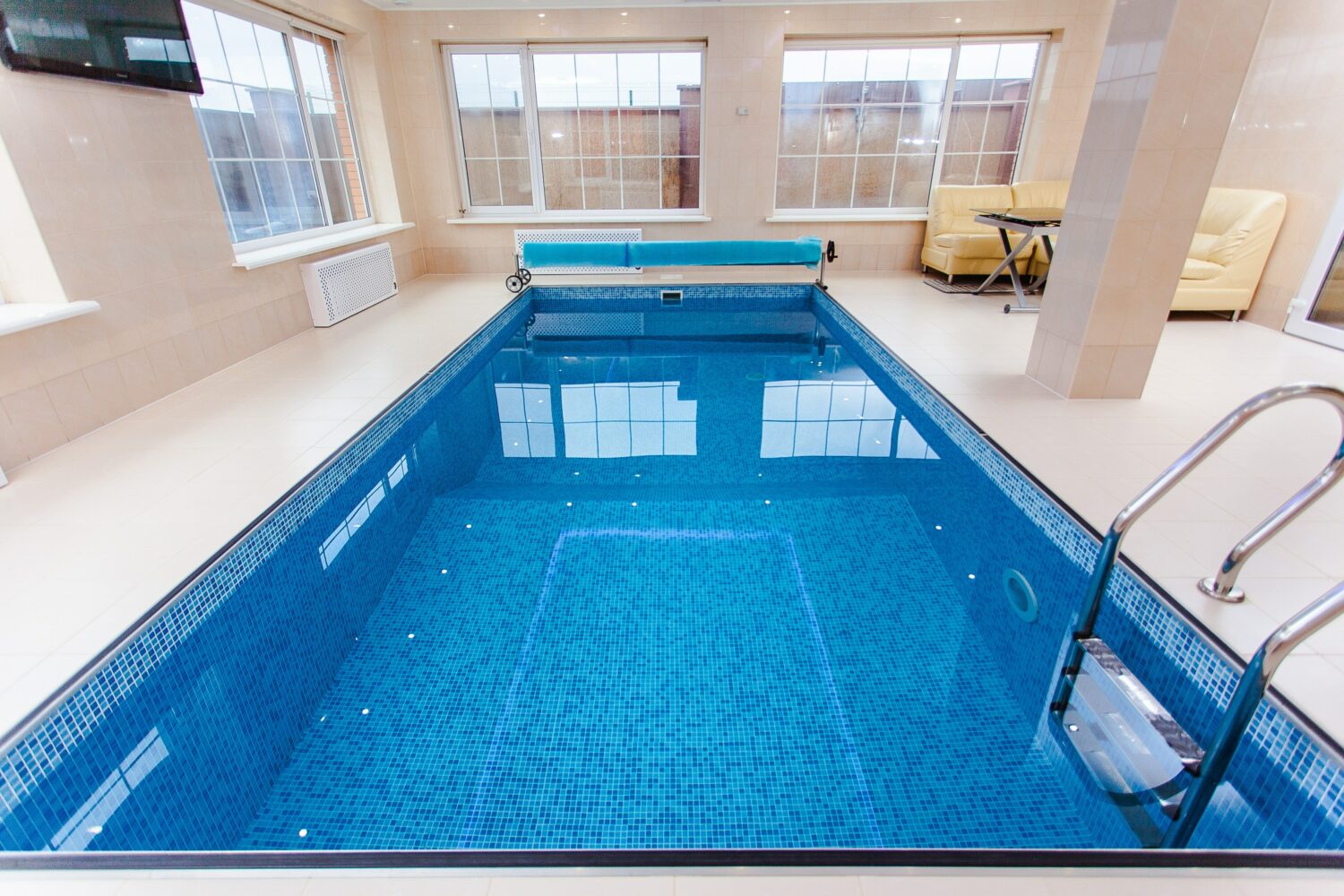Carryover amounts for SR&ED after a Change in Company Control

The pool of deductible SR&ED expenditures can cause quite a bit of confusion for SR&ED applicants. If utilized properly the balance within the pool may be useful in reducing the income claimed within the taxation year and increasing the final SR&ED refund, but what happens to the pool of deductible SR&ED expenditures if there is a change in a company’s control? Are you allowed to claim loss carryover amounts which were incurred by a corporation aside from your own in previous taxation years?
What is the Pool of Deductible SR&ED Expenditures?
The Pool of Deductible SR&ED Expenditures Policy states:
A taxpayer carrying on a business in Canadain a tax year may deduct, in calculating income from the business for the year, expenditures for SR&ED carried on in Canada that relate to a business of the taxpayer. The taxpayer may also earn an SR&ED investment tax credit (ITC) on all or part of such expenditures incurred in the year. Amounts in the pool of deductible SR&ED expenditures can generally be deducted in the year or in any subsequent year.1
The CRA treats the pool of deductible SR&ED expenditures as a running balance which does not expire. A positive balance in the pool of deductible SR&ED expenditures may be carried forward indefinitely and deducted in a subsequent tax year against any business income. It is due to this function that only the total balance carried forward is identified and the year to which each expenditure amount relates is not recorded or tracked. It is not necessary to know the year to which an expenditure relates; however, there are some restrictions on the carry forward of the pool in the case of a loss restriction event.
Carryover Amounts for SR&ED after a Change of Control
The Pool of Deductible SR&ED Expenditures Policy states:
When there is an acquisition of control, there is a deemed year-end immediately before the acquisition of control and the corporation’s pool of deductible SR&ED expenditures is reduced to nil. Similarly, a trust’s pool of deductible SR&ED expenditures is reduced to nil at the time there is a new majority-interest beneficiary.2
When there is a change in a company’s control (ex. via an acquisition or change in share structure), there is a deemed year-end immediately before the change in which the original pool of deductible SR&ED expenditures is reduced to nil. This means the new controller of the company may not carry forward any previous year’s pooled amounts; however, there are certain cases in which the pool of deductible SR&ED expenditures may be reinstated:
In the subsequent tax year, the pool of deductible SR&ED expenditures may be reinstated in cases when the business to which the expenditures relate is carried on for profit or with a reasonable expectation of profit.
In general terms, the undeducted portion of the pool, before control of a corporation is acquired (or in the case of trusts, before there is a new majority-interest beneficiary), may be carried forward and deducted in calculating income for tax purposes for a subsequent tax year only:
- when the business to which the expenditure related is continued for profit, or with a reasonable expectation of profit; and
- to the extent that its income for the tax year (before making any deduction from the pool of deductible SR&ED expenditures) is from that same business or a similar business.3
An Example: CHR Investment Corporation
A good example of this rule is illustrated in the case of CHR Investment Corporation v. The Queen (2020). As a result of a reorganization completed in 2008, CHR Investment Corporation (CHR) acquired certain carryover amounts (non-capital losses and scientific research and experimental development (SR&ED) expenditures) that had been incurred by the previous corporations activities. The CRA denied CHR the ability to utilize those acquired tax attributes including the loss carryover amount and the SR&ED carryover amount.
The minister denied these carryover amounts, which CHR used to reduce their income for five taxation years, stating the object, spirit and purpose of CHR’s work was not consistent with the work completed by the previous owners of the corporation. The CRA determined claiming these carryover amounts fell under the general anti-avoidance rule (GAAR) and the transfer of those tax attributes sheltered the income of CHR from being taxed. The CRA deemed the use of the carryover amount to be an abusive tax avoidance.
Conclusion
It is possible in certain cases to claim carryover amounts after a change in control, however, the company attempting to utilize these amounts must first ensure the pool of deductible SR&ED expenditures is eligible to be reinstated in that case. If the carryover amounts claimed are deemed to be ineligible by the CRA upon review it may result in a lower SR&ED refund for your company.
Be sure to back up any expenditures and carryover amounts claimed with proper and thorough documentation and see our previous article Can you carry forward the Pool of Deductible SR&ED Expenditures? for details on how to claim these amounts on your SR&ED tax forms.
[do_widget id=custom_html-9]
